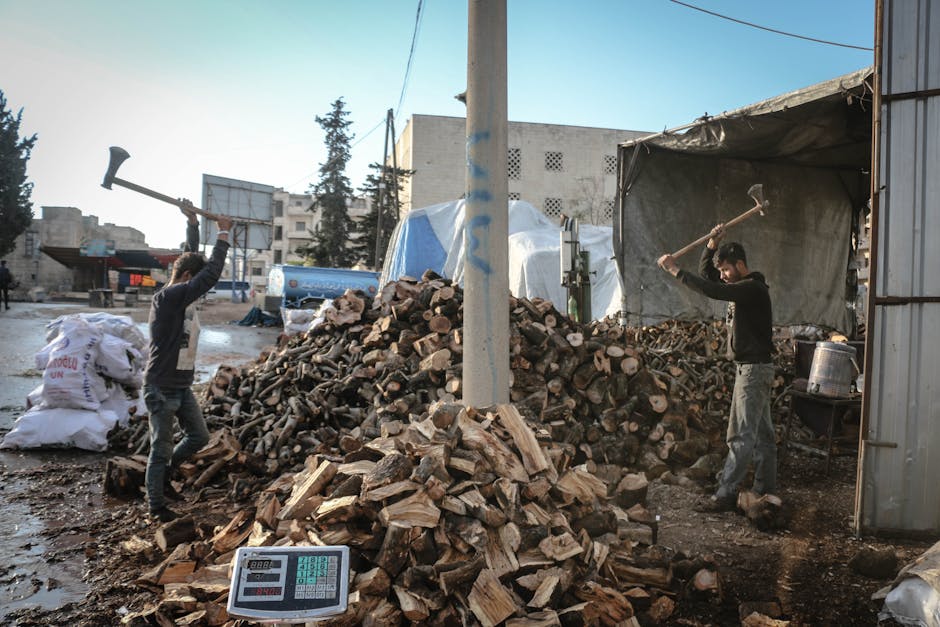Understanding the Tornado Strength Scale: From EF0 to EF5 and Beyond
Decoding the Enhanced Fujita Scale: A Comprehensive Guide to Tornado Strength
Tornadoes, nature’s ferocious whirling dervishes, are unpredictable forces of destruction. Understanding their strength is crucial for preparedness, mitigation, and ultimately, survival. This comprehensive guide delves into the Enhanced Fujita (EF) Scale, the system used to classify tornado intensity based on damage inflicted. We’ll explore each level, from the relatively mild EF0 to the devastating EF5, providing insights into wind speeds, damage indicators, and the critical importance of understanding this scale for community safety.
The History of Tornado Classification: From F-Scale to EF-Scale
Before the Enhanced Fujita Scale, the Fujita Scale (F-Scale) was used to categorize tornadoes. Developed by Dr. Theodore Fujita in the 1970s, the F-Scale relied on observed damage to estimate wind speeds. However, it had limitations in accurately reflecting the relationship between wind speed and damage. This led to the development of the Enhanced Fujita Scale (EF-Scale) in 2007, a more refined system that provides a more precise assessment of tornado intensity.
The EF-Scale uses a damage-based assessment, correlating observed damage to estimated wind speeds. This is important because direct wind speed measurements during a tornado are incredibly difficult and rare. Instead, meteorologists examine the damage left behind, such as the destruction of homes, uprooting of trees, and displacement of debris, to estimate the wind speed and assign an appropriate EF rating.
Understanding the EF-Scale Ratings: From EF0 to EF5
The EF-Scale ranges from EF0 to EF5, with each level representing a significant increase in wind speed and destructive power. Let’s examine each rating in detail:
EF0: Weak Tornado (65-85 mph)
EF0 tornadoes represent the lowest end of the scale. While still capable of causing damage, this level typically involves light damage to trees, signs, and unsecured objects. Structures usually receive minimal damage, with perhaps broken windows or shingles.
EF1: Weak Tornado (86-110 mph)
EF1 tornadoes cause more significant damage than EF0 events. This level can result in significant damage to trees, mobile homes, and even some damage to well-constructed houses. Roof damage, broken windows, and detached siding are common.
EF2: Strong Tornado (111-135 mph)
EF2 tornadoes are considered strong and can inflict considerable damage. This level can result in significant damage to homes, including roof and wall failures. Mobile homes are usually destroyed, and trees can be uprooted or snapped. Cars may be overturned or significantly damaged.

EF3: Strong Tornado (136-165 mph)
EF3 tornadoes are a serious threat, capable of causing severe damage and devastation. Well-constructed homes can be heavily damaged or destroyed, and even sturdy structures may suffer substantial damage. Large trees are uprooted, and cars are easily tossed about.
EF4: Violent Tornado (166-200 mph)
EF4 tornadoes are extremely dangerous and life-threatening. These violent storms are capable of leveling well-constructed homes, leaving only the foundations intact. Cars are often demolished, and debris can be carried for considerable distances. The damage is widespread and catastrophic.
EF5: Violent Tornado (Over 200 mph)
EF5 tornadoes represent the highest level of destruction on the EF-Scale. These incredibly rare, devastating storms can completely level even the sturdiest of structures, leaving nothing but debris behind. Large objects are thrown immense distances, and the destruction is nearly total within the path of the tornado. These are the most extreme weather events and pose the greatest threat to life and property.

Beyond the Numbers: Understanding Tornado Damage
While the EF-Scale provides a standardized method for categorizing tornado intensity, it’s essential to remember that the damage caused by a tornado is influenced by several factors beyond just wind speed. These factors include:
- The path of the tornado: A tornado’s path, its width, and how long it remains on the ground all affect the overall damage.
- The construction of buildings: Older structures, poorly constructed buildings, and those lacking proper anchoring are more vulnerable to damage.
- The type of terrain: Flat terrain can allow a tornado to travel further and cause more widespread damage than in hilly or mountainous areas.
- The time of day: Tornadoes striking during daylight hours can result in greater injuries due to more people being outdoors.
The Importance of Preparedness and Safety
Understanding the Tornado Strength Scale is vital for effective preparedness and community safety. Knowing the potential damage associated with each level allows individuals, families, and communities to implement appropriate safety measures. This includes developing comprehensive emergency plans, establishing designated safe spaces, and staying informed about weather warnings and alerts.
Advancements in weather forecasting and warning systems continue to improve our ability to detect and predict tornadoes. By heeding warnings and taking appropriate action, we can significantly reduce the risk of injury and loss of life.
Ongoing Research and Refinements
The EF-Scale continues to be refined and improved as our understanding of tornadoes evolves. Researchers are constantly analyzing data from past events and incorporating new technologies to improve the accuracy of tornado intensity assessments. This ongoing research plays a crucial role in enhancing our ability to predict, mitigate, and respond to these devastating natural disasters.

Conclusion: Respect the Power, Prepare for the Impact
Tornadoes are powerful and unpredictable forces of nature. The Enhanced Fujita Scale provides a valuable framework for understanding their destructive potential. By understanding the scale and taking proactive measures, individuals and communities can better prepare themselves for these dangerous events, improving safety and minimizing the impact of tornadoes.







